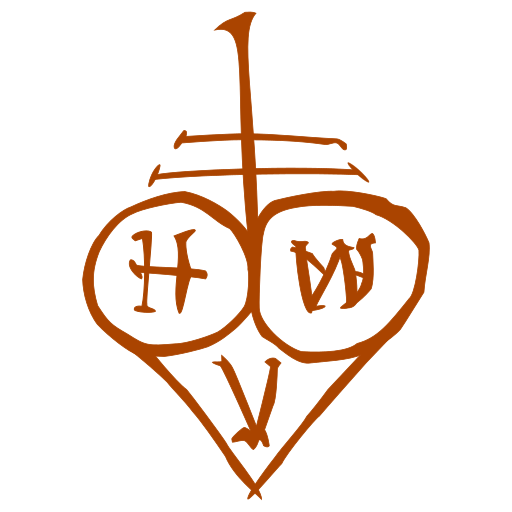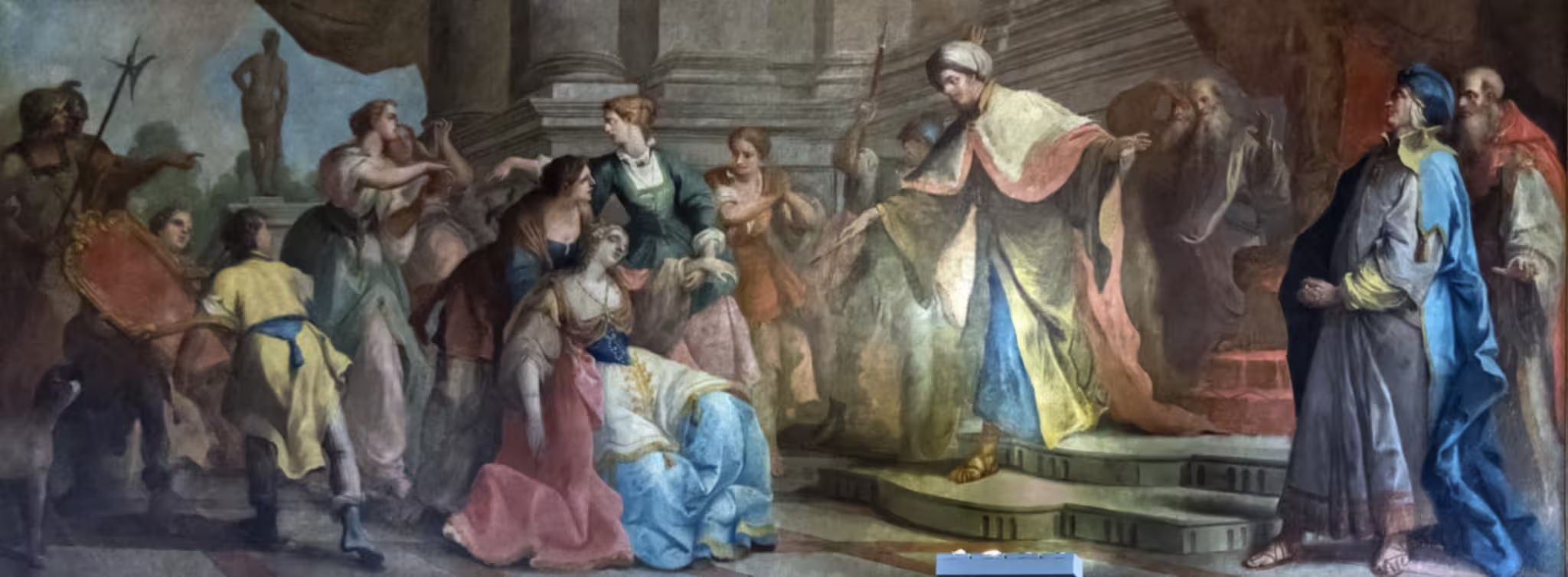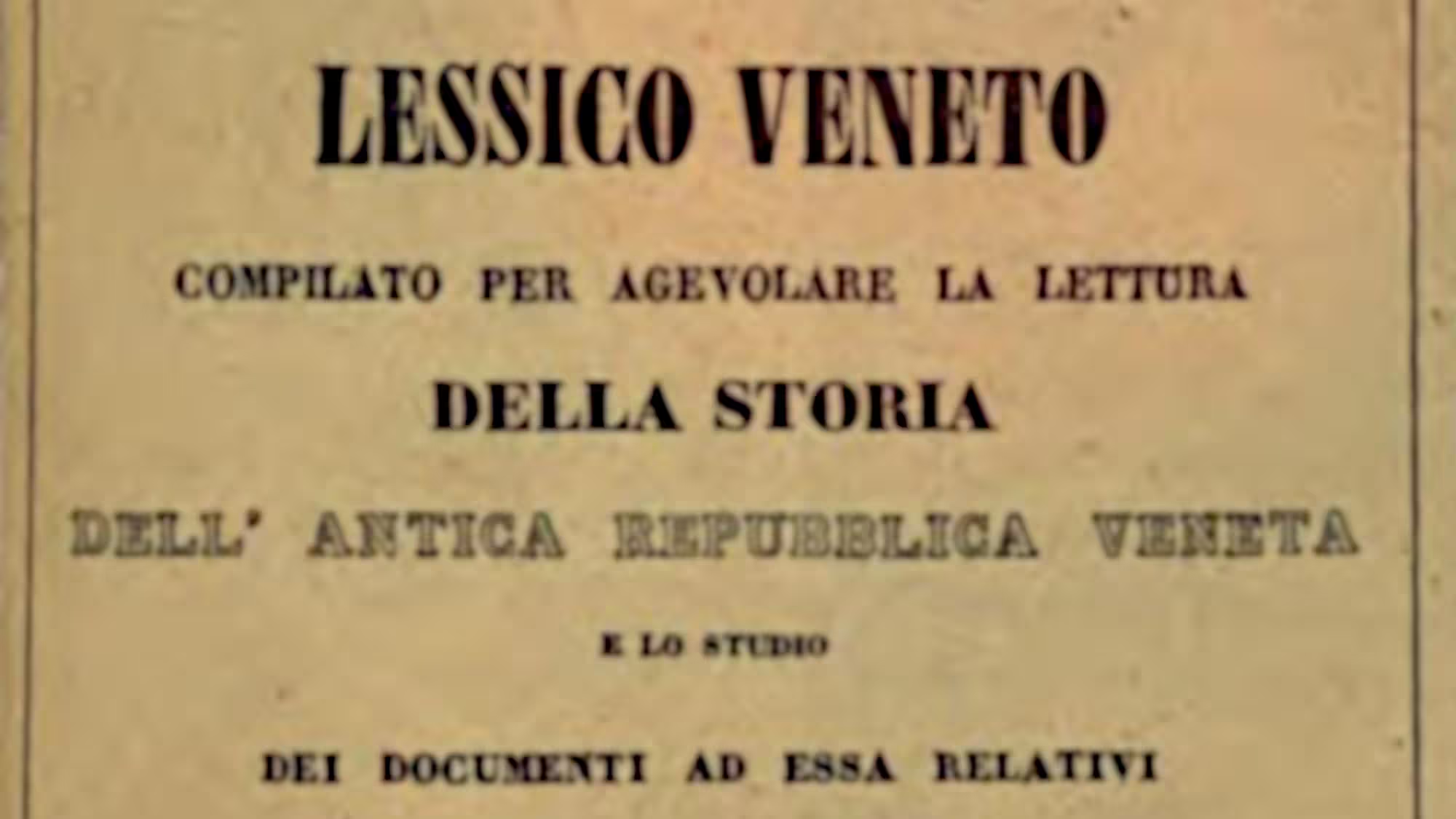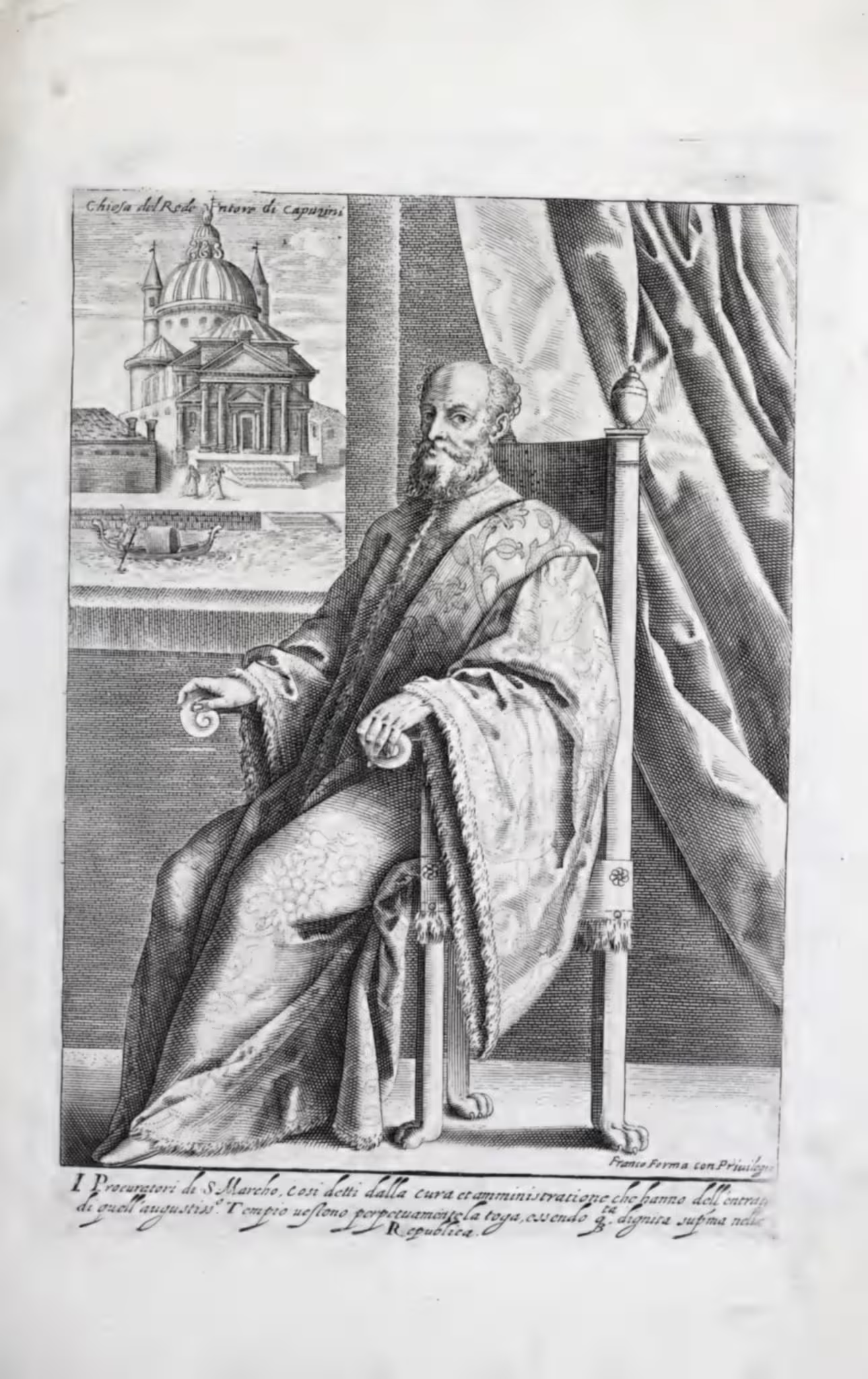This is my English translation of the commemorative preface to the 1785 edition of Le Arti che vanno per via nella Città di Venezia by Gaetano Zompini.
The original text is also available.
The author of this text is unknown, just as the publisher and printer of the book.
Memoria
Gaetano Zompini was born in Narvesa, on the Territory of Treviso on September 29, 1698, and having an inclination towards painting as a child, he was sent to Venice to the School of the Cavalier Bambini, which was highly regarded at the time. From the aforementioned he learned not only the principles of good drawing, but also a large part of his own way of painting, and after leaving the said School he also began to imitate the manner of Sebastian Ricci, who was then introduced by the same and highly esteemed. In this way, Zompini’s manner was a mixture of these two Masters, and in this style he painted in the school of the Spirito Santo in Venice Cristo, che disputa fra Dottori; and in S. Ubaldo two Altarpieces, and above the main door of the Church of the Frari he painted in fresco the Conception of the Virgin Mary and Saints Francis and Anthony. He also painted in fresco a Ceiling in the Church of the Theatines at the High Altar: and two Paintings, which are his best works, are seen in the Scuola del Carmine; one representing Queen Esther before King Ahasuerus; the other Rebecca at the Well. Of all these public works in Venice by Zompini, the late renowned Mr. Antonio Maria Zanetti, meritorious Custodian of the Public Library of St. Mark, also makes due mention, on Page 474 of his learned and judicious printed work on Venetian Painting. Zompini also painted, by commission of the Court of Spain, the Figures in the Paintings of Mr. Joli, representing the Amphitheatre of Spain, with the Bullfights, and these were then engraved by the same artist with acqueforte. He also made some works commissioned by the Court of Muscovy, and some of his works were sent to Holland, where he was also called, but for some particular reasons of his he did not want to go. Many other works of his were also sent to England, and in particular some Baccanali. The entire Ceiling of the Church of the Serviti painted in fresco by the same artist is also found in Austrian Gradisca. But it would take too long to describe all his public and private works: it is enough to say that he embraced every kind of painting both large and small, in fresco and in oil, ornaments and landscapes. He also had a particular facility in inventing, so that on the spot he realised any idea that was supplied to him. He also created and designed for Mr. Zatta, a printer in Venice, a good part of the figures for the editions of Dante and Petrarch printed by him. This worthy painter, however, lived almost always poor, having a large family. Knowing his merit, the late Mr. Antonio Maria Zanetti, took him to himself, employing him in various works, and in particular in various drawings, and he worked largely on some coppers taken from the drawings of Gio: Benedetto Castiglione, owned by the said Gentleman, and which he had already begun to engrave; and to make the collection more numerous, he created, designed, and engraved himself some of the said Coppers entirely to the taste of the Author, and touched with great spirit. Then Mr. Zanetti not having anything more to order him, they imagined to print a Collection of the Trades of Venice, which are on the streets. So Zompini set to work, and created, designed, and engraved Coppers no. 60, representing the aforementioned Trades, and under the direction of the same Mr. Zanetti, and then in imitation of the Arts of Bologna similarly created and engraved by the famous Annibale Caracci. To this work made with etchings, of which some copies were also illuminated, were added under each copper some verses by Doctor Questini, Priest of Santa Maria Mater Domini, a friend of both Zompini and Zanetti. A few years later, Mr. Zanetti passed away, but because of the merit of Zompini, he left him a small monthly allowance for his life. After this misfortune, another worse one happened to Zompini; his eyesight began to weaken, so much so that he finally lost it completely, and thus dragging himself along between misery and old age, he died on May 20, 1778, at the advanced age of 76.





Leave a Reply